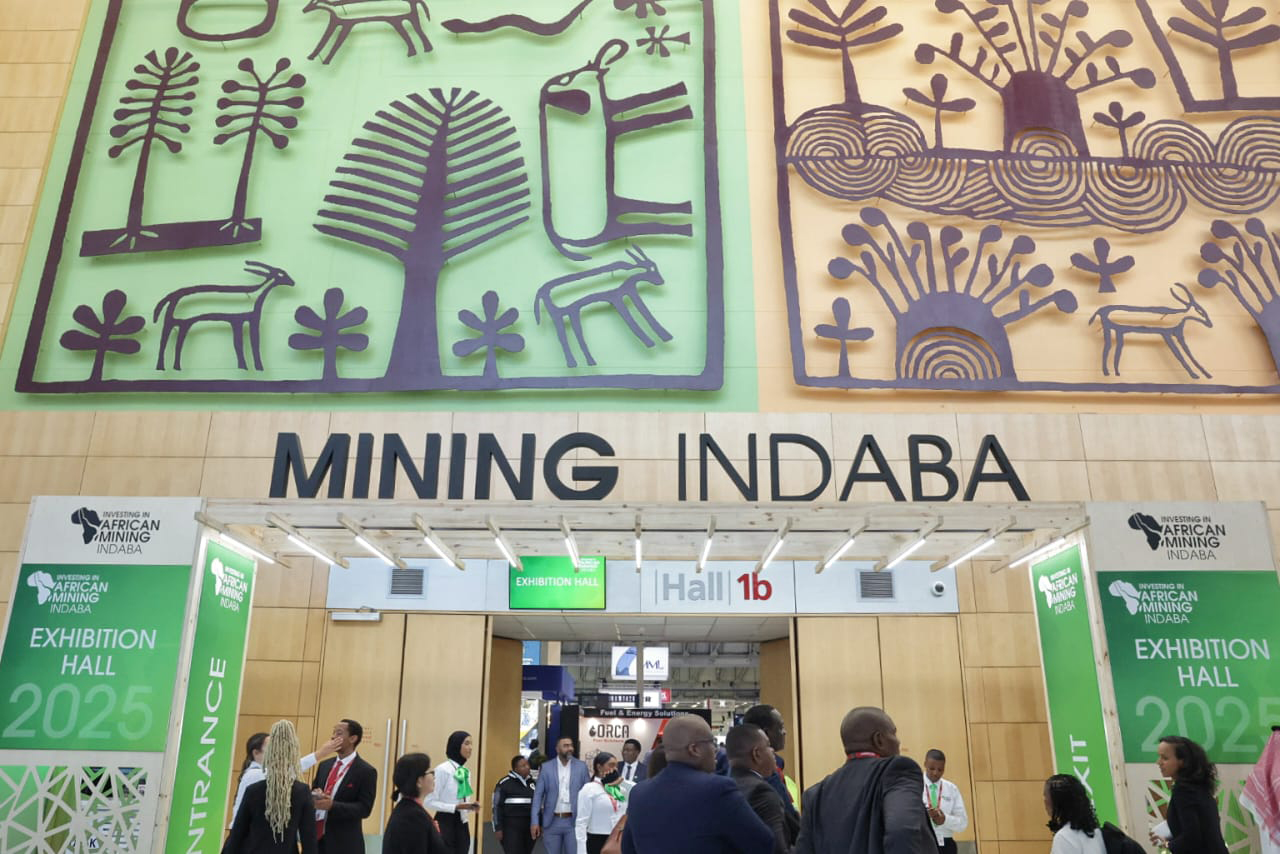When Finance Minister Enoch Godongwana unveils his Budget on Wednesday, 19 February 2025, one vein that he won’t be able to tap for liquidity is the mining sector.
According to the Minerals Council SA’s annual Facts and Figures publication — unveiled on Monday at the start of the Investing in African Mining Indaba — South Africa’s mining industry in 2024 paid R43.6-billion in taxes, which was 49% less than it paid in 2023.
Royalties declined by almost 37% to R16-billion while VAT payments were 24% lower at R21.5-billion. Turnover was down 9% to R1-trillion and the sector’s direct contribution to gross domestic product (GDP) fell 2.6% to R444.2-billion.
These figures are not yet set in stone but have been extrapolated from the average for the first three quarters of 2024 as the final data for the full year is still being crunched.
But the picture is quite clear — the mining sector is paying less to the Treasury at a time when it needs every cent it can lay its hands on.
There are a number of reasons for this state of affairs, starting with prices.
 Trade and Industry Minister Parks Tau and Mineral Resources and Energy Minister Gwede Mantashe at the mining indaba. (Photo: Jairus Mmutle / GCIS)
Trade and Industry Minister Parks Tau and Mineral Resources and Energy Minister Gwede Mantashe at the mining indaba. (Photo: Jairus Mmutle / GCIS)
“... prices in the platinum group metals (PGMs) industry, the largest sub-sector of mining in South Africa, remain depressed”, the Minerals Council said.
It also noted that there “are several remaining constraints that are inhibiting faster growth and the competitiveness of the mining sector”.
“Among others, these include sustained high levels of crime, regulatory hurdles, continued above-inflation electricity tariff increases, as well as worsening water provision in parts of the country that go together with weak local government capacity to deploy capital budgets.”
These are issues that have been festering for years and are now reaching boiling point. But there are hopeful signs of light at the end of this long tunnel.
Renewed impetus
The Government of National Unity (GNU) has given renewed impetus to the business/government partnerships to tackle such challenges.
“If we can make further progress on lifting the remaining constraints on mining, including the momentum to Transnet’s rail and port volume targets, dealing with crime and corruption as well as regulatory inhibitors, the sector has the potential to contribute to the performance and strength of the economy and enable broad social upliftment and progress,” said Mzila Mthenjane, CEO of the Minerals Council.
 The Investing in African Mining Indaba at the Cape Town Convention Centre. (Photo: Jairus Mmutle / GCIS)
The Investing in African Mining Indaba at the Cape Town Convention Centre. (Photo: Jairus Mmutle / GCIS)
“This is what the collaborative efforts between the Government of National Unity, state-owned enterprises and the private sector are working towards.”
And last year’s data was not all doom and gloom. Employee earnings rose 2.2% to R195.3 billion while PAYE by mining employees was 4.9% higher last year at R36.1-billion. This was against the backdrop of a 0.9% decline in employment to 474,876.
Gold price soars
While commodity prices were generally depressed, gold shot the lights out last year.
“For the second year running, the dollar gold price outperformed, ending the year more than 27% higher (relative to the final trading day of the previous year). In late October, gold reached an all-time record high in nominal terms of just below US$2,800/oz,” the Minerals Council said.
Read more: After the Bell: Why is the gold price going nuts?
And while PGM prices remained depressed, they were at least stable in 2024, suggesting that perhaps the bottom of this down cycle has been reached.

“The ‘good’ news was that the overall PGMs basket prices were relatively stable for most of the year. An important factor behind this was the slowdown in electric vehicle (EV) adoption and the realisation that future EV sales would not grow as fast as previously envisaged,” the Minerals Council said.
“Unlike vehicles with internal combustion engines, PGMs are not used in EVs. However, hybrid vehicles, which provide a bridge between internal combustion engines and EVs, are becoming more popular.”
A turnaround on this front would not only lift the PGM sector. It would also give the wider economy — and the Treasury’s revenue flows — a much-needed boost. DM




 Mining Indaba held at the Cape Town Convention Centre.(Photo: Jairus MmutleGCIS)
Mining Indaba held at the Cape Town Convention Centre.(Photo: Jairus MmutleGCIS) 